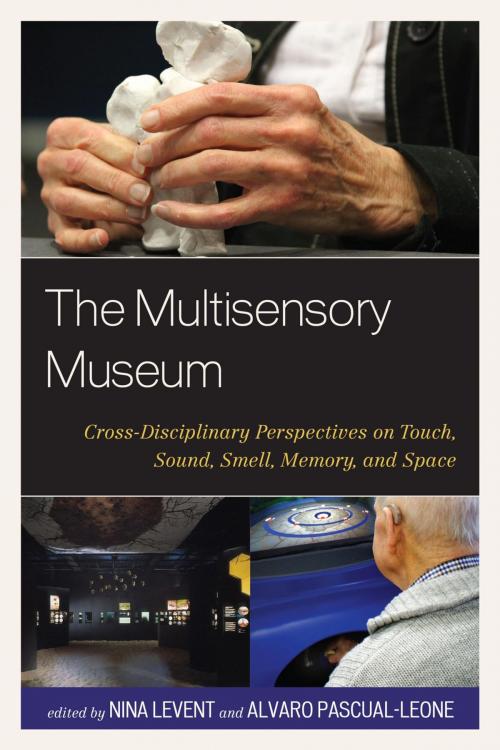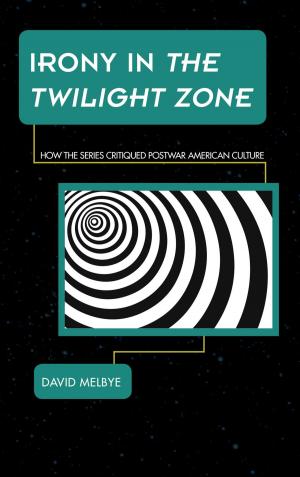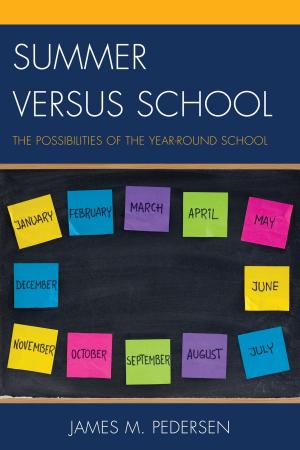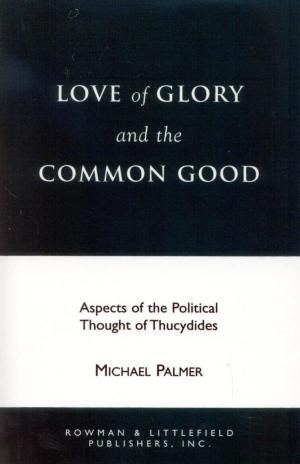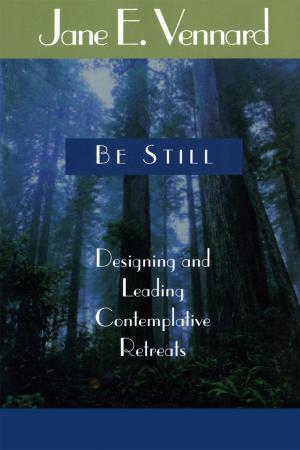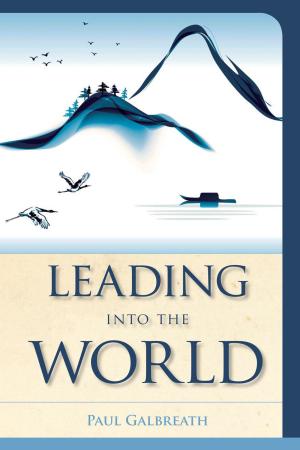The Multisensory Museum
Cross-Disciplinary Perspectives on Touch, Sound, Smell, Memory, and Space
Business & Finance, Industries & Professions, Nonfiction, Social & Cultural Studies, Social Science| Author: | ISBN: | 9780759123564 | |
| Publisher: | Rowman & Littlefield Publishers | Publication: | March 6, 2014 |
| Imprint: | Rowman & Littlefield Publishers | Language: | English |
| Author: | |
| ISBN: | 9780759123564 |
| Publisher: | Rowman & Littlefield Publishers |
| Publication: | March 6, 2014 |
| Imprint: | Rowman & Littlefield Publishers |
| Language: | English |
Recent research in the cognitive sciences gives us a new perspective on the cognitive and sensory landscape.
In *The Multisensory Museum: Cross-Disciplinary Perspectives on Touch, Sound, Smell, Memory, and Space,*museum expert Nina Levent and Alvaro Pascual-Leone, professor of neurology at Harvard Medical School bring together scholars and museum practitioners from around the world to highlight new trends and untapped opportunities for using such modalities as scent, sound, and touch in museums to offer more immersive experiences and diverse sensory engagement for visually- and otherwise-impaired patrons. Visitor studies describe how different personal and group identities color our cultural consumption and might serve as a compass on museum journeys. Psychologists and educators look at the creation of memories through different types of sensory engagement with objects, and how these memories in turn affect our next cultural experience. An anthropological perspective on the history of our multisensory engagement with ritual and art objects, especially in cultures that did not privilege sight over other senses, allows us a glimpse of what museums might become in the future. Education researchers discover museums as unique educational playgrounds that allow for a variety of learning styles, active and passive exploration, and participatory learning. Designers and architects suggest a framework for thinking about design solutions for a museum environment that invites an intuitive, multisensory and flexible exploration, as well as minimizes physical hurdles.
While attention has been paid to accessibility for the physically-impaired since passage of the Americans with Disabilities Act, making buildings accessible is only the first small step in elevating museums to be centers of learning and culture for all members of their communities. This landmark book will help all museums go much further.
Recent research in the cognitive sciences gives us a new perspective on the cognitive and sensory landscape.
In *The Multisensory Museum: Cross-Disciplinary Perspectives on Touch, Sound, Smell, Memory, and Space,*museum expert Nina Levent and Alvaro Pascual-Leone, professor of neurology at Harvard Medical School bring together scholars and museum practitioners from around the world to highlight new trends and untapped opportunities for using such modalities as scent, sound, and touch in museums to offer more immersive experiences and diverse sensory engagement for visually- and otherwise-impaired patrons. Visitor studies describe how different personal and group identities color our cultural consumption and might serve as a compass on museum journeys. Psychologists and educators look at the creation of memories through different types of sensory engagement with objects, and how these memories in turn affect our next cultural experience. An anthropological perspective on the history of our multisensory engagement with ritual and art objects, especially in cultures that did not privilege sight over other senses, allows us a glimpse of what museums might become in the future. Education researchers discover museums as unique educational playgrounds that allow for a variety of learning styles, active and passive exploration, and participatory learning. Designers and architects suggest a framework for thinking about design solutions for a museum environment that invites an intuitive, multisensory and flexible exploration, as well as minimizes physical hurdles.
While attention has been paid to accessibility for the physically-impaired since passage of the Americans with Disabilities Act, making buildings accessible is only the first small step in elevating museums to be centers of learning and culture for all members of their communities. This landmark book will help all museums go much further.
